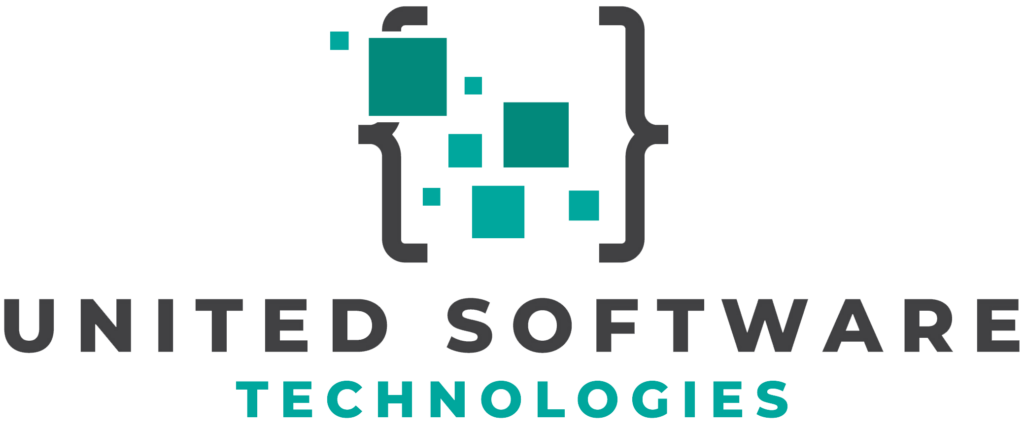Unlocking the Potential of Android Development and Software Creation
Introduction to Android Development and Software Creation
In today’s technology-driven world, the demand for innovative applications is on the rise. With over 2.5 billion active Android devices worldwide, Android development has become a crucial aspect of software creation. This blog post will explore the potential of Android development and software creation, focusing on how developers can harness its power to create cutting-edge applications that cater to various user needs.
The Power of Android: A Platform for Innovation
The Android platform offers a plethora of opportunities for developers to create unique and engaging applications. Its open-source nature allows developers to access a vast array of resources and tools that enable them to build high-quality apps with ease.
One significant advantage of Android development is its compatibility with multiple devices, including smartphones, tablets, wearables, and even televisions. This flexibility enables developers to target a broader audience and adapt their applications according to different screen sizes and resolutions.
Moreover, the Google Play Store provides an extensive marketplace for app distribution, making it easier for developers to reach millions of users across the globe. The store also offers various promotional tools that help in increasing app visibility and driving downloads.
Diving into Android Software Development: Key Components
To unlock the full potential of Android development and software creation, it is essential to understand its key components:
1. Android Studio: The official Integrated Development Environment (IDE) for creating Android apps is called Android Studio. It provides all necessary tools required for building high-quality apps from scratch or modifying existing ones. Some features include code editing, debugging, performance analysis, and a powerful layout editor.
2. Java and Kotlin: Android apps are primarily developed using Java or Kotlin programming languages. While Java has been the traditional choice for Android development, Google announced Kotlin as its preferred language in 2017. Both languages have their pros and cons; however, developers can choose either based on their preferences and project requirements.
3. Android SDK (Software Development Kit): The Android SDK is a collection of tools that facilitate app development. It includes libraries, APIs (Application Programming Interfaces), sample projects, documentation, and more. Developers need to download the appropriate version of the SDK corresponding to the target Android platform.
4. Gradle: Gradle is an open-source build automation system used in Android Studio for managing dependencies and automating tasks like compiling code or generating APK files (Android Package). It simplifies the build process by allowing developers to define custom build configurations for different app variants.
Leveraging Libraries and Frameworks for Efficient Software Development
To streamline the development process further and create feature-rich applications with ease, developers can leverage various libraries and frameworks available within the Android ecosystem:
1. Retrofit: A type-safe HTTP client library for Android that simplifies network communication by converting API endpoints into callable interfaces.
2. Glide: An image loading library that offers efficient image fetching, caching, decoding, and displaying capabilities while minimizing memory usage.
3. Dagger 2: A dependency injection framework that helps manage object creation and reduces boilerplate code in large-scale projects.
4. Data Binding Library: This library allows developers to bind UI components directly to data sources without writing additional code for updating views when data changes.
5. Room: A persistence library that provides an abstraction layer over SQLite, simplifying database management and ensuring compile-time verification of SQL queries.
By incorporating these libraries and frameworks into their projects, developers can save time, reduce code complexity, and create more robust applications.
Embracing Material Design for Enhanced User Experience
To ensure a consistent and engaging user experience across all Android devices, Google introduced the Material Design guidelines in 2014. These guidelines provide a comprehensive design language that includes principles for layout, typography, color schemes, animations, and more.
Developers should embrace Material Design to create visually appealing apps with intuitive navigation and seamless interaction patterns. By adhering to these guidelines, they can ensure that their applications meet user expectations while maintaining consistency across different devices.
Optimizing App Performance: Best Practices
A well-performing app is crucial for retaining users and ensuring positive reviews on the Google Play Store. To unlock the potential of Android development and software creation fully, developers must prioritize app performance optimization by following best practices:
1. Minimize resource usage: Optimize memory consumption by using appropriate data structures, caching techniques, and efficient algorithms. Also, avoid unnecessary background processes or services that consume CPU resources.
2. Battery efficiency: Ensure your app does not drain battery life by optimizing network requests or using power-efficient APIs like JobScheduler for background tasks.
3. User Interface (UI) responsiveness: Keep UI interactions smooth by offloading computationally intensive tasks to background threads using AsyncTask or Kotlin coroutines.
4. App size reduction: Reduce APK size by removing unused resources or employing ProGuard/R8 tools for code shrinking and obfuscation.
5. Testing and monitoring: Regularly test your app on various devices and Android versions to identify performance bottlenecks. Use tools like Android Profiler or Firebase Performance Monitoring for real-time analysis of app performance.
Conclusion: Unlocking the Potential of Android Development and Software Creation
Android development offers a world of possibilities for developers looking to create innovative applications that cater to diverse user needs. By understanding its key components, leveraging libraries and frameworks, embracing Material Design, and optimizing app performance, developers can unlock the full potential of Android software development.
As the demand for high-quality apps continues to grow, mastering these techniques will not only help developers stay ahead in the competitive market but also enable them to deliver exceptional user experiences across multiple devices.

